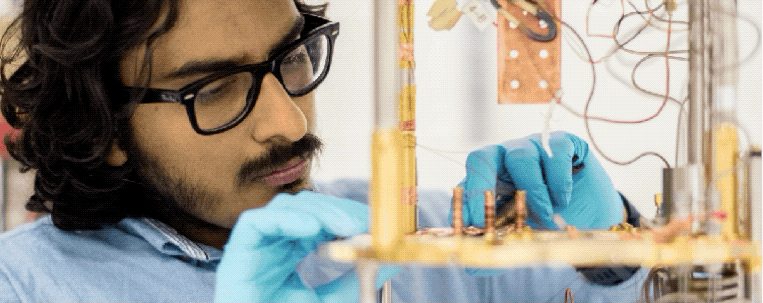
What is quantum?
Quantum mechanics is the physics of the very small. It explains and predicts the behaviour of atoms and molecules in a way that redefines our understanding of nature. It is the most precise description that we have of the world, and yet, it predicts surprising, often counter-intuitive behaviours.
Researchers are uncovering ways to harness and control these behaviours, advancing the quantum research field and finding new quantum applications. We are on the cusp of the quantum age.
Quantum applications are transforming how we live, work and play. Technologies like quantum sensors, quantum computers and quantum information security are emerging from labs around the world, and we are already seeing the tremendous possibilities. Canadian scientists continue to be a driving force; pushing the boundaries of what our quantum technological capabilities are and what they will become.